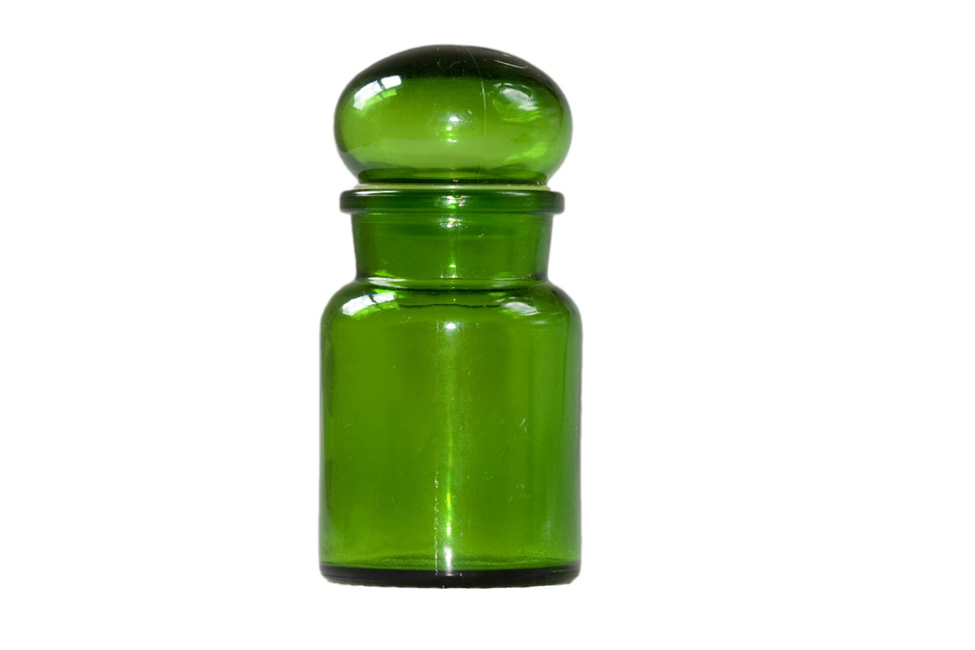Around 5000 BC the Syrians made the glass for the very first time. The Phoenician merchants are said to be behind it. However, the archaeological evidence suggests something different. It suggests that the first glass was made by the Egyptians around 3500 BC.
Followed by a decline, the glass manufacturing industry took a heap for almost 500 years in Egypt, Syria, and other regions located around the Eastern coast of the Mediterranean Sea.
INTRODUCTION
The invention of the glass bottle has its roots in both History and Science. Although glass and glass bottles are an integral part of our everyday lives, we must be aware of their history and evolution.
What’s even more amazing is that the invention of glass bottles brings us back to the Before Christ Era.
From the discovery of glass itself to the automatic manufacturing of glass bottles in the modern era, this blog explains the remarkable journey of glass bottle manufacturing in detail. Let’s read further.
THE DISCOVERY OF GLASS
Before learning about the invention of glass bottles, it is imperative to know about the basic composing material, i.e
The Glass
Do you know what was the first use of glass on earth?
It’s weapons
The first naturally occurring glass, i.e., volcanic glass, was used by the ancient people as a weapon in the form of arrowheads. It was also used in the form of jewelry and money.
Below are the important facts related to the invention of glass in chronological order:
- Stone age
Around 5000 BC the Syrians made the glass for the very first time. The Phoenician merchants are said to be behind it. However, the archaeological evidence suggests something different.
It suggests that the first glass was made by the Egyptians around 3500 BC.
Followed by a decline, the glass manufacturing industry took a heap for almost 500 years in Egypt, Syria, and other regions located around the Eastern coast of the Mediterranean Sea.
- Legends Myth
The glass produced in the ancient era was made of an element called Natron. There is an interesting legend’s myth behind it. It is said that once, the Natron merchants got stuck on a sandy shore.
The merchants used Natron to prop up their pots for cooking. This combination of sand and Natron produced glass.
- Forest Glass
Forest glass got its name because it was produced in glass factories. These glass factories were located in forests, hence the name.
This was the Middle Ages when glass was produced in North Western and Central Europe.
Wood ash and sand were the composing materials of forest glass. It had a peculiar green color because of these two elements.
In the late Middle Ages, people living in parts of Italy, Germany and Switzerland succeeded in creating clear glass containers.
Raw materials in their purest form combined with a small quantity of manganese oxide lead to the creation of clear glass.

- The Renaissance
The most expensive and exclusive glass was made during the 14th Century. It was in Italy on the Island of Murano. This glass received so much admiration from the French and the Germans.
They even tried to bribe the Italian master glassmakers.
The Renaissance period also marks the time of the invention of beer. It happened accidentally. According to the British, Dr Alexander Nowell took a glass bottle of beer during a fishing expedition.
He left the bottle on the river bank. When he returned, he found that the drink had become carbonated.
- The Industrial Era
The Industrial Era refers to the 17th Century. During this time, English Businessman George Ravenscroft discovered the production of lead glass at the industrial level.
This lead glass replaced the Venetian glass that Italians produced. The Venetian glass lost its popularity in London. Lead glass became the new trend.
THE INVENTION OF THE GLASS BOTTLE-HOW ARE GLASS BOTTLES MADE
The evolutionary journey of the invention of the glass bottle is remarkable. It begins with skilled craftsmen and artisans to mass machine manufacturing.
What was considered a rare skill in old age has become an automated process.
Here is a step-by-step explanation of the evolution of glass bottles.
- Ancient Glass Bottles
The invention of the first glass bottle takes us back to 1500 BC. It was first made in Mesopotamia. In the Roman Empire, it was first made in 1 AD.
The whole production process was quite difficult. Clay forms were dipped into molten glass. After the glass was cooled down, the clay was chipped off.
However, the resulting glass vessels used to be very thin and fragile. It was because, as compared to the later era, hot burning furnaces were not used.
- Mouth Blown Glass Bottles
After the invention of the blowpipe, somewhere around 1 BC, there came a revolution in the production of glass bottles. The blow was a device. It was a metal tube with molten glass at one end.
The melted glass was mouth-blown into a hollow shape from the other end. Hence the name mouth-blown glass bottles.
It was after this technique that glass bottles were produced in varying shapes and sizes.

- Invention of Mold
Over time, the production of glass bottles became more efficient. The improvement was not just in terms of the number of units being produced but also in the quality of glass bottles. The use of mold in bottle production was one of them.
It was after the invention of mold that the embossing of glass bottles started. Also, it brought more uniformity in the shape and size of the glass bottles.
However, it doesn’t end here. By using a mold, a significant reduction was seen in the amount of glass required for each glass bottle.
Thus, the whole production process became cheaper. The glass bottles became lighter as well.
- Automatic Glass Bottle Manufacturing Revolution
A prominent revolution in the invention of the glass bottle appeared in the 19th Century. It was in the year 1903 when Michael Owens invented the first glass bottle manufacturing machine.
Michael Owens was an American self-taught Scientist. He spent years of his life waiting for this invention to take place.
You wouldn’t believe that Owen’s machine had 10,000 parts. It weighed approximately 10 Tons.
However, the machine was very efficient. It produced as many glass bottles in just an hour as an entire team of glass blowers could produce in a day.
CONCLUSION
The invention of the glass bottle has had a significant impact on both Science and History throughout their evolution.
What started from just a vessel to round containers today, glass bottles are present in various shapes, colors and forms. Perfume bottles, beer bottles, medicine bottles the uses are innumerable.
The most significant feature is that you can re-use glass bottles, and they can survive centuries if taken care of



